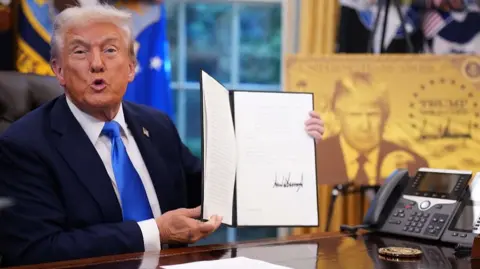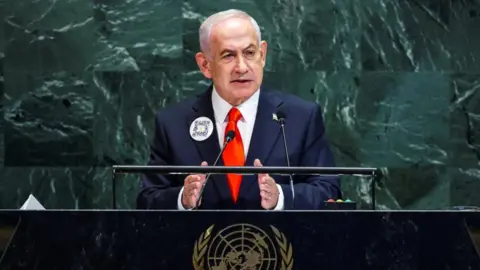
On September 19, 2025, President Donald Trump signed an executive order imposing a $100,000 annual fee for H-1B visa applications. This substantial increase from the previous $215 fee is part of a broader effort to overhaul the U.S. immigration system, particularly targeting high-skilled foreign workers. The policy is set to take effect on September 21, 2025, and has raised significant concerns among Indian tech professionals and U.S. companies that rely heavily on foreign talent.
Understanding the New H-1B Visa Fee
What Is the H-1B Visa?
The H-1B visa allows U.S. employers to hire foreign workers in specialty occupations that require theoretical or technical expertise. The program is particularly popular among technology companies seeking to fill roles in engineering, software development, and data analysis.
Details of the New Fee
The new policy mandates that companies pay a $100,000 fee for each new H-1B visa application. This fee is non-refundable and must be paid at the time of registration. The fee applies only to new applicants; existing H-1B visa holders and those renewing their visas are not affected by this change. However, if a current visa holder leaves the U.S. and attempts to re-enter after the policy’s effective date, they may be subject to the new fee.
Impact on Indian Tech Professionals
Disruption to Careers and Families
India has been the largest beneficiary of the H-1B visa program, with Indian nationals accounting for approximately 71% of approved applications in the previous fiscal year. The new fee poses a significant financial burden on both employers and employees. Indian tech professionals, many of whom are employed by U.S. tech giants, may face challenges in securing employment if companies are unwilling or unable to absorb the additional costs.
Read Also: Trump Reportedly Blocks $400M Military Aid Deal for Taiwan Amid China Talks
Potential for Increased Family Separation
The policy could also lead to increased family separations. Professionals who are unable to obtain or renew their visas may be forced to leave the U.S., potentially disrupting family units and causing emotional and financial strain.
Reactions from U.S. Tech Industry
Major Companies Respond
In response to the new policy, major U.S. tech companies such as Amazon, Microsoft, and JPMorgan have advised their H-1B visa-holding employees to remain in the U.S. or return before the policy’s effective date. These companies rely heavily on skilled foreign labor and are concerned about the potential impact on their workforce.
Concerns About Talent Acquisition
Industry experts warn that the new fee could hinder the ability of U.S. companies to attract and retain top talent. The additional financial burden may deter companies from sponsoring H-1B visas, leading to a potential shortage of skilled workers in critical sectors such as technology and engineering.
Legal and Political Implications
Potential Legal Challenges
The executive order has faced criticism for potentially bypassing Congress and imposing significant changes to immigration policy without legislative approval. Legal experts suggest that the policy could face challenges in court, particularly regarding its constitutionality and the authority of the executive branch to enact such sweeping changes.
Broader Immigration Overhaul
The $100,000 H-1B visa fee is part of a broader immigration overhaul that includes the introduction of a $1 million “gold card” visa for wealthy individuals seeking U.S. permanent residency. Critics argue that these measures disproportionately favor the wealthy and could exacerbate existing inequalities in the immigration system.
Conclusion
President Trump’s executive order imposing a $100,000 annual fee on H-1B visa applications marks a significant shift in U.S. immigration policy. While the policy aims to reduce reliance on foreign labor and encourage the training of domestic workers, it also poses substantial challenges for Indian tech professionals and U.S. companies that depend on skilled foreign workers. The full impact of this policy will unfold in the coming months as legal challenges and industry responses continue to develop.






